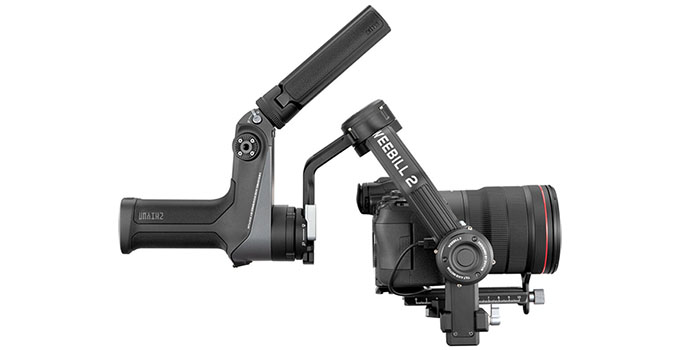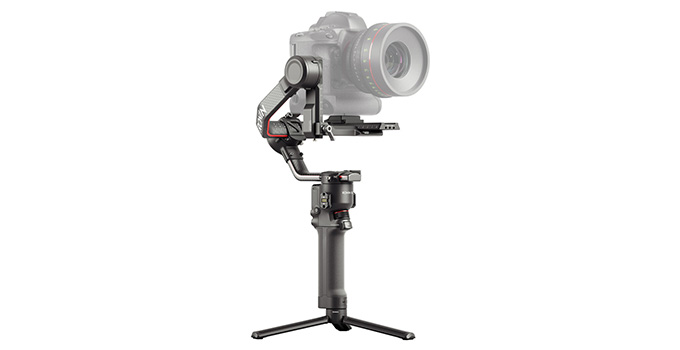Gimbals offer a lot of different modes now. Not sure about you but when I use gimbals I usually just stick to the basic upright options that keep my camera stable and mostly ignore all the others. It might be worth checking out some other options like the Follow Mode available on the Zhiyun-Tech WEEBILL 2 or DJI RS 2 as it looks like you can get some great shots a bit easier.
These alternate modes are sometimes pushing the gimbal motors a bit and that super smooth guarantee you get in normal settings might not always pan out. If you are looking for some tips on getting stable footage even in Follow Mode then this video from Momentum Productions should help.
As we are focusing in on Follow Mode with this piece it would help if we explain what it is first. It has both the pan and tilt axes unlocked and moving along with your movements.
Other modes usually keep one aspect locked down so that you can create those super stable shots. Follow Mode is a bit more fluid. This is helpful as you can create smooth movements with some clean moves.
There are going to be some basic gimbal practices you’ll want to follow any time you use a gimbal. Among them is using a relatively wide-angle lens. Something like a 16-20mm on full-frame will do the trick.
It’ll make the effect look more stable and give you some added benefits like making a space feel larger if you are doing a real estate video.

Image Credit: Zhiyun-Tech
Real estate is the example given here to show off a nice move with Follow Mode. To start, you have to practice good gimbal holding techniques. Two hands is going to be a basic thing, make sure you have them on solid points of contact. Then you will want to walk very carefully, or heel to toe as he does it in the video.
The video is going up some stairs so some slower, more deliberate movements are warranted. As the videographer walks up the slightly curving staircase he is both gently panning the camera to stay centered and tilting upward.
It’ll probably take a few takes. You can even do it in reverse and do the shot going down the stairs with opposite movements. Using editing, you can even play the clip in reverse to get a different type of shot.
Sometimes you might want to move a touch faster to eliminate some bounce. Recording in 60 fps is also a neat trick since when you slow it down in post everything looks a lot smoother. For static objects that can work very well.

Image Credit: DJI
To create an organic tilt, you will want to move the gimbal naturally with your whole body. More exaggerated movements will look like they are not stable and might not work. It’ll also keep things smooth as your natural motion is going to be done in a similar manner.
Heel-to-toe walking was mentioned earlier, but if you are working indoors you might even want to take off the shoes. Going at it in socks could give you more feel and control for smoother movements.
Keep your gimbal close to your body too as it keeps it better balanced. Plus, if you are doing camera work you should be exercising, both cardio and weights, as it’ll help you long term both with health and your ability to effectively operate your gear.
What did you think of these tips?
[source: Momentum Productions]
Order Links:
Disclaimer: As an Amazon Associate partner and participant in B&H and Adorama Affiliate programmes, we earn a small comission from each purchase made through the affiliate links listed above at no additional cost to you.




